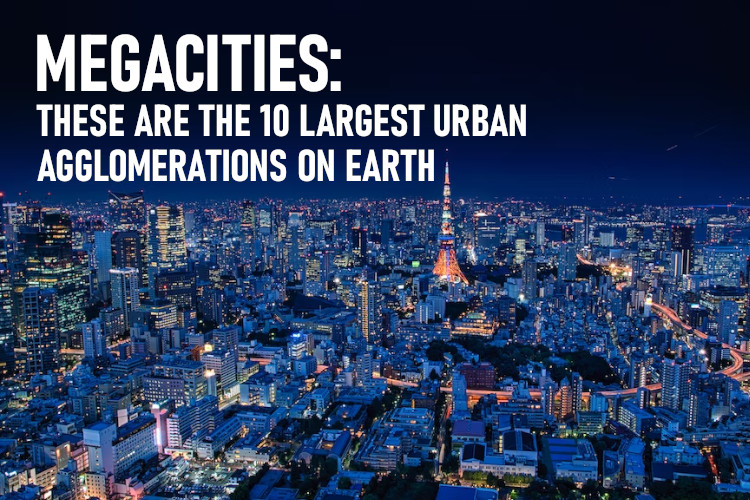
According to data released by the World Bank, about 56% of the entire world population – or 4.4 billion people – live in cities today. What’s more, projections indicate that this trend is sure to continue, and by 2050 roughly 70% of the world population will be urbanized.
One of the results of such rapid urbanization is the appearance of megacities – massive urban regions with millions of inhabitants, typically upwards of 10 million based on official UN classifications.
When it comes to ranking these cities by size, we normally look at the size of a city’s population. However, there are multiple ways of categorizing what constitutes a “city”.
The first classification looks at the total population within the official administrative limits of the city proper. According to this measure, the Chinese city of Chongqing, with just over 32 million residents within administrative limits, is the most populous city in the world. However, Chongqing’s administrative area comprises a massive area comparable in size to Austria, and a very large percentage of its population lives in rural areas.
Another method considers the metropolitan area of a major city. Based on this criteria, Tokyo is the most populous city on earth, with a metro region of just over 37 million residents. The issue with using metropolitan regions as a guideline for rankings is that not all countries have official classifications for their metro regions, and neighbouring urban regions can often be considered as part of separate metropolitan areas.
The last method looks at the total population of a major city’s surrounding built-up urban area (which could be coterminous with the metropolitan area, or could include agglomerations of more than one metro region). Since we are interested in ranking the largest urban areas on earth here, this is also the most useful classification for our purposes.
Join us now as we discover the 10 largest megacities, or largest urban regions, on earth; in descending order.
1. Tokyo – Yokohama, Japan
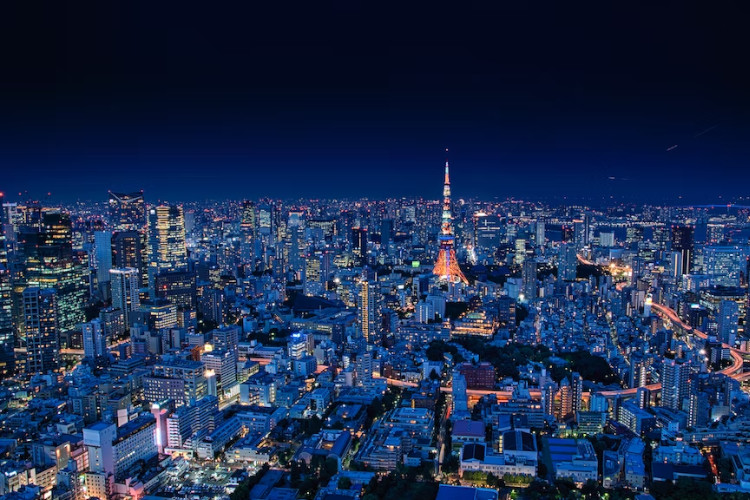
Population: 37,732,000
Comprising the Tokyo Metropolis as well as major surrounding cities such as Yokohama, Kawasaki, Saitama, Chiba and Sagamihara; the Greater Tokyo Area is the world’s largest urban area by population. It has a built up land area of 3,178 square miles (8,231 km2), which, to put it in comparison, is almost the same size as Puerto Rico. While many of the cities on our list are important economic hubs, Tokyo has a special place as the second-largest urban economy on the entire planet, after New York City. Another impressive accolade worth mentioning is that, despite it’s ginormous size, it is often rated one of the safest and most livable major city regions in the world.
2. Jakarta, Indonesia
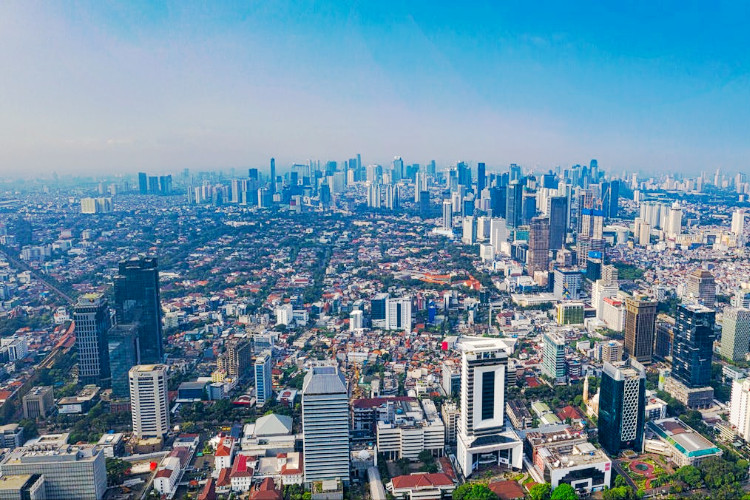
Population: 33,756,000
Jakarta, the capital and largest city of Indonesia, is situated on the island of Java – the most populous island in the world. It not only serves as the economic, governmental, educational and cultural heart of this vibrant island nation; but also anchors the largest urban region and city-economy in Southeast Asia. The Greater Jakarta metropolitan area – which is spread out over 1,369 square miles (3,546 km2) – is made up of the Jakarta Special Capital Region as well as the built-up area of many neighboring municipalities; including the satellite cities of Bogor, Depok, Tangerang and Bekasi.
3. Delhi, India
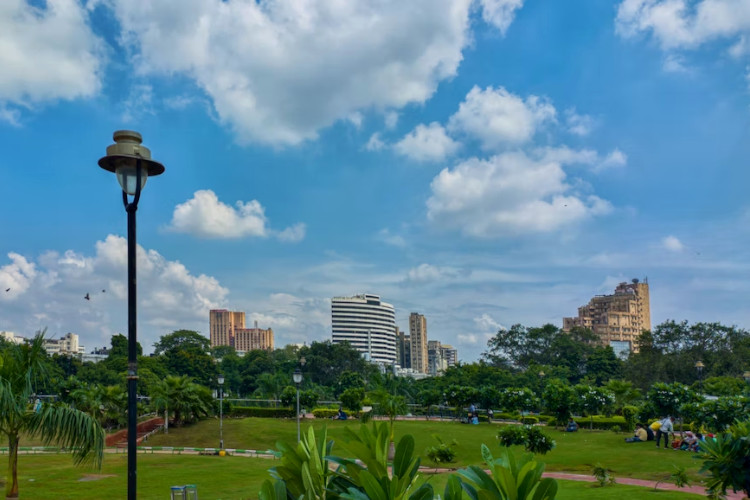
Population: 33,226,000
Simultaneously a city and a union territory, Delhi has an incredibly rich history and a very optimistic future. Delhi proper – a region officially known as the National Capital Territory and which also envelops New Delhi, the capital of India – has a massive population of 18,345,000 people. However, it anchors the largest urban region on the subcontinent, and indeed the third largest on the planet. This agglomeration comprises the majority of the National Capital Region – a planning region centered on Delhi, which also includes the major, booming satellite cities of Faridabad, Ghaziabad, Gurugram (Gurgaon) and Noida. It is home to a staggering 33.2 million residents, and with an estimated growth rate of 2.73% from 2022 to 2023 alone, is one of the fastest growing megacities on the planet.
4. Guangzhou-Foshan, China
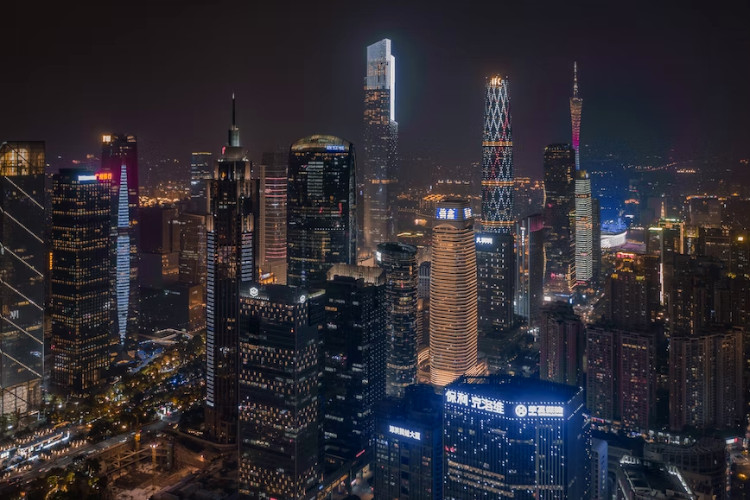
Population: 26,940,000
Famous as the cradle of Cantonese culture and the site of the world’s largest trade fair; Guangzhou is the capital and largest city of China’s Guangdong province. The nation’s third-largest city proper, Guangzhou is home to an estimated 18,676,000 people within administrative limits. Most of the sources we consulted for this article only extend its surrounding built-up urban area to beyond the neighbouring city of Foshan – in which case it is the fourth-largest urban region on earth with just under 27 million inhabitants.
It is worth noting, however, that Guangzhou lies at the heart of the Pearl River Delta (PRD)- a region that includes the metropolises of Guangzhou, Shenzhen, Zhuhai, Foshan, Dongguan, Zhongshan, Jiangmen, Huizhou and Zhaoqing. It also includes the special administrative regions of Hong Kong and Macau. The PRD, although mostly urban in nature, is considered a megalopolis* rather than a single city or urban area. With roughly 85,000,000 residents calling the Greater Bay Region (as the PRD is often referred to) home, it is widely thought to be the world’s largest urbanized area both in terms of size and population.
*A megalopolis is basically a megaregion of two or more clusters of metropolitan areas that, although distinct from each other, nevertheless grew into a continuous urban area that share common systems in terms of transport, resources, population and so on. A good example is the Boston-New York-Philadelphia-Washington D.C. corridor (AKA the Northeast megalopolis) which comprises several distinct metropolitan regions, but together make up one of the world’s largest urban regions.
5. Mumbai, India
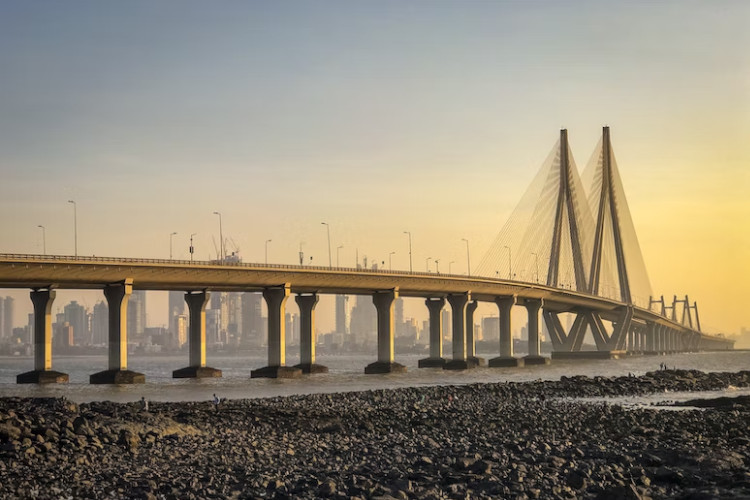
Population: 24,973,000
India’s financial powerhouse is home to an estimated 17,159,000 people within city limits, making it the second largest city in the nation after Delhi. The urban area of the Mumbai Metropolitan Region is in turn home to just shy of 25 million inhabitants, earning it a spot on this list. Mumbai often ranks among the top 20 richest cities in the world, and at the time of writing this was even counted among the top ten cities with the highest numbers of billionaires on the planet. With such impressive economic stats, and an average population growth rate of 2.1% annually; this city is sure to increase in global importance in coming years.
6. Manila, Philippines
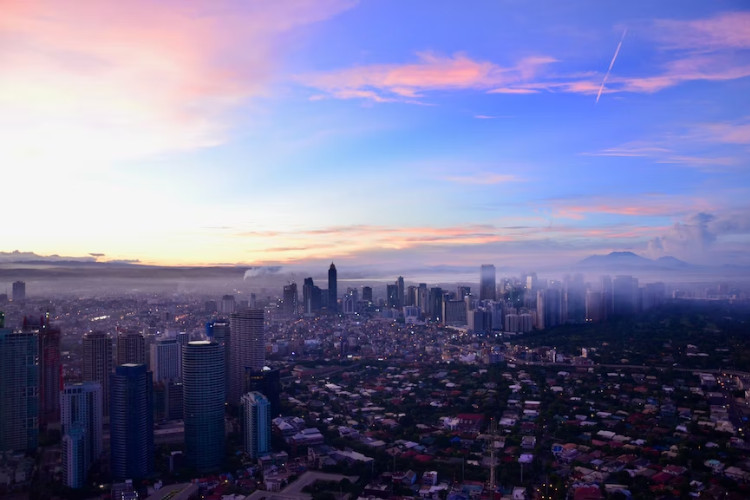
Population: 24,922,000
The capital and second-largest city of the Philippines, Manila proper is home to only 1,846,000 people. However, it anchors the National Capital Region (also known as Metro Manila), which is composed of a collection of highly urbanized neighboring cities that include Quezon City, Pasig and Makati – the financial capital of the Philippines. Together this region is home to just under 13 million people within administrative borders, but when taking the surrounding built-up regions into consideration it becomes the 6th-largest urban agglomeration in the world with almost 25 million residents. The region is, unsurprisingly, the center of the nation’s economy, education, culture, fashion, art, technology and government. It is considered a global power city which exerts significant influence in these spheres internationally.
7. Shanghai, China

Population: 24,073,000
Only a handful of cities in the world can compete with Shanghai when it comes to finance and innovation. It is not only home to the largest economy in China, but also one of the largest metropolitan economies in the world – thanks in no small part to being home to the world’s busiest container port. Shanghai city proper covers a vast area of 2,448 square miles (6,341 km2) and is home to 24,870,000 people within city limits. This makes it the second-largest city proper in both China and the world, after Chongqing. However, Shanghai slots in at number seven on our list because, just as with Chongqing, the actual built-up urban area is slightly smaller (1,673 square miles or 4,333 km2) and is home to about 800,000 fewer people.
8. São Paulo, Brazil
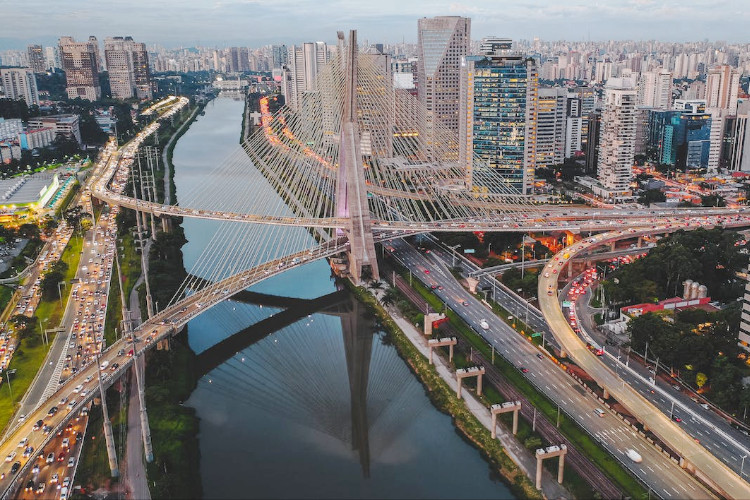
Population: 23,086,000
Named after the biblical Saint Paul; São Paulo is the largest city in Brazil, the Americas, the Western Hemisphere and the Southern Hemisphere. It has a population of 12,252,000 million within city limits, is the largest Portuguese-speaking city in the world, and boasts the largest metropolitan economy in Latin America. Decades of rapid growth and urbanization around the city has contributed to make the Greater São Paulo area – which includes the cities of Guarulhos, São Bernardo do Campo and Santo André – one of the largest urban regions on earth, with just over 23 million residents. Interesting fact: São Paulo is home to the largest Japanese population outside of Japan, with an estimated 693,000 Japanese Brazilians calling the city home.
9. Seoul-Incheon, South Korea
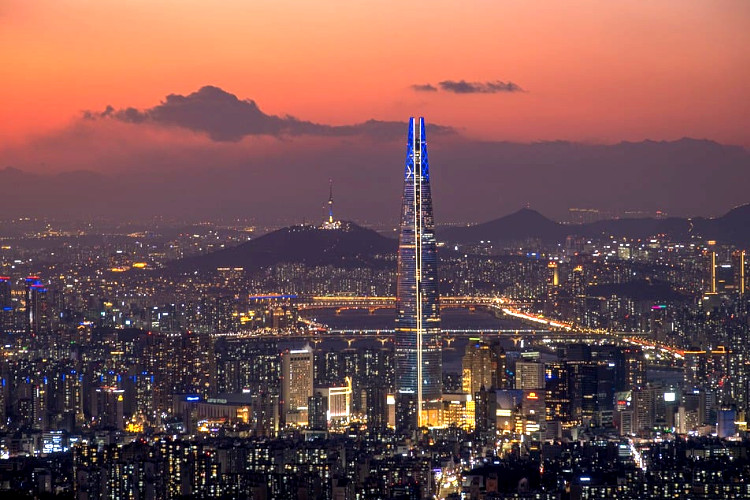
Population: 23,016,000
Another one of the wealthiest cities in the world, Seoul is the capital of and largest city in South Korea. While the city proper has an immense population of just under 10 million inhabitants, its greater urban area – which includes the surrounding metropolis of Incheon and most of the Gyeonggi province – is home to a staggering 23 million people. A major international finance, technology, manufacturing and cultural center; Seoul, just like Tokyo, frequently ranks as one of the safest and most livable major cities in the world, despite having an urban population density roughly five times that of Greater New York City.
10. Mexico City, Mexico
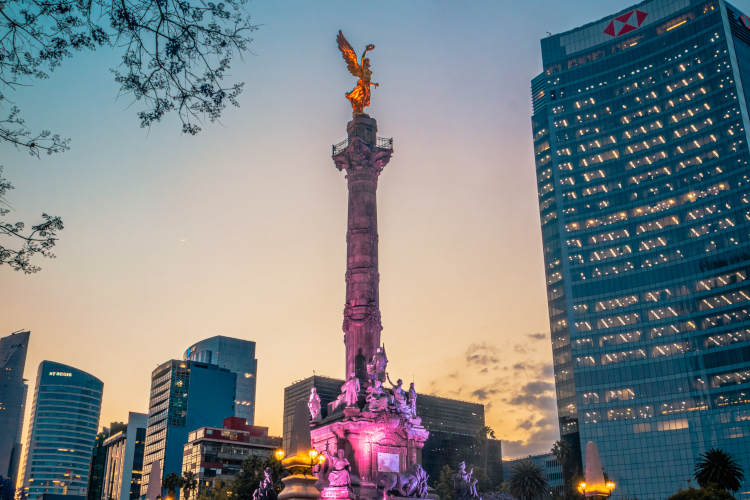
Population: 21,804,000
A fantastic, frenetic amalgamation of culture, cuisine, history, art and business; the capital and largest city of Mexico truly is one of the most fascinating destinations in the world. With a population of 9,200,000 within city limits, it is the largest city in North America. Mexico City has several modern, important business districts, and it anchors an even larger metropolitan region that includes at least 59 municipalities from the neighboring State of Mexico and State of Hidalgo. Together this region is home to an urban region just short of 22 million (once again the largest in North America) and is one of the most productive economic clusters in the entire Western Hemisphere.
Some honorable mentions:
The next ten most populous urban regions on earth are included here for interest’s sake:
11. New York City, USA (21,509,000)
12. Cairo, Egypt (20,296,000)
13. Dhaka, Bangladesh (18,627,000)
14. Beijing, China (18,522,000)
15. Kolkata, India (18,502,000)
16. Bangkok, Thailand (18,007,000)
17. Shenzhen, China (17,619,000)
18. Moscow, Russia (17,332,000)
19. Buenos Aires, Argentina (16,710,000)
20. Lagos, Nigeria (16,637,000)
Sources
- Demographia – World Urban Areas 2022
- The World Factbook – Major Urban Areas – Population
- The World Bank – Urban Development
- Statista – Largest Urban Agglomerations Worldwide in 2022, By Population

Leave a Reply